Keep Your Collard Greens Thriving With These 12 Must-Have Companions
Growing collard greens is a rewarding adventure, but they really shine when paired with the right neighbors. I’ve found 12 companion plants that boost their growth, keep pests away, and make the whole garden happier.
These buddies have made a big difference in my harvests—and I’m excited to share them with you. Planting collards alongside these friends turns your garden into a thriving, balanced ecosystem.
Let’s give those collard greens the support they deserve and watch them flourish!
1. Marigolds
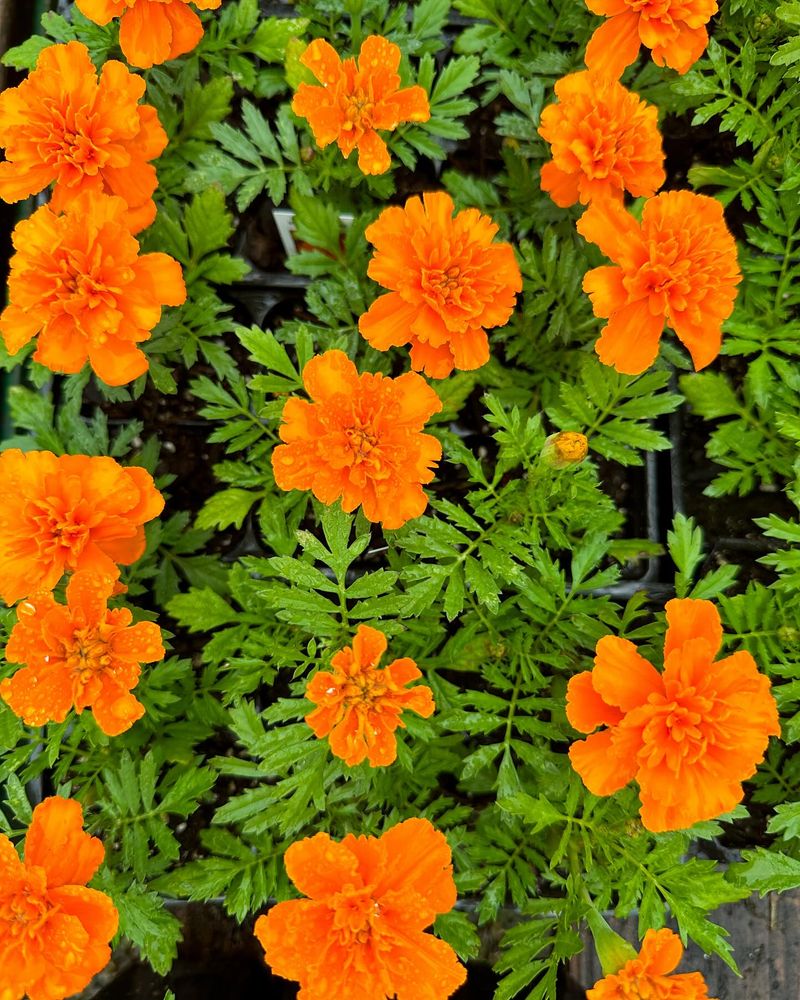
These bright flowers are garden superheroes for your collards. Their strong scent confuses and repels many common pests that would otherwise feast on your greens.
Plant marigolds around the border of your collard patch for maximum protection. They specifically target nematodes in the soil and keep larger pests like rabbits away with their distinctive smell. Your garden will look prettier too!
2. Nasturtiums
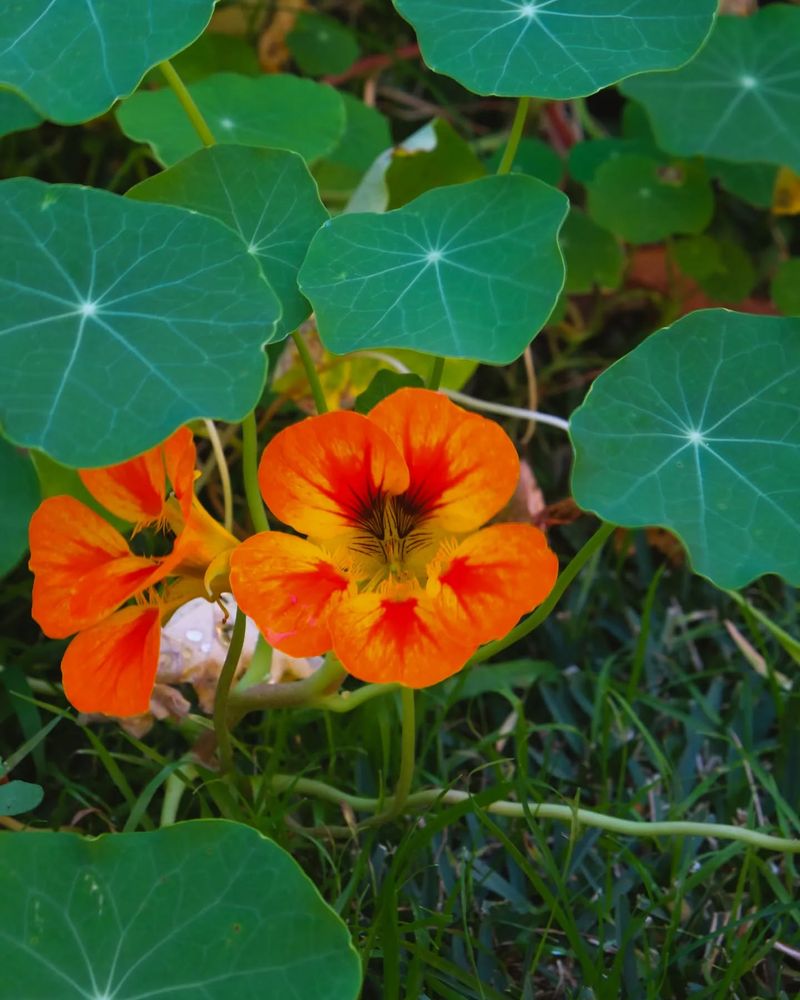
Want a natural pest control that doubles as a salad ingredient? Nasturtiums act as sacrifice plants, luring aphids away from your precious collards.
Their vibrant flowers aren’t just pretty – they’re edible too! Sprinkle them in salads for a peppery kick. As they sprawl between your collard rows, they create living mulch that helps retain soil moisture and suppress weeds.
3. Thyme

This aromatic herb works silently to protect your collards from cabbage worms and cabbage loopers – common collard green destroyers. The strong scent masks the smell of your greens, confusing these pests completely.
Low-growing thyme fits perfectly between collard plants without competing for sunlight. An added bonus? You’ll have fresh thyme on hand for cooking while your collards stay pest-free naturally.
4. Dill
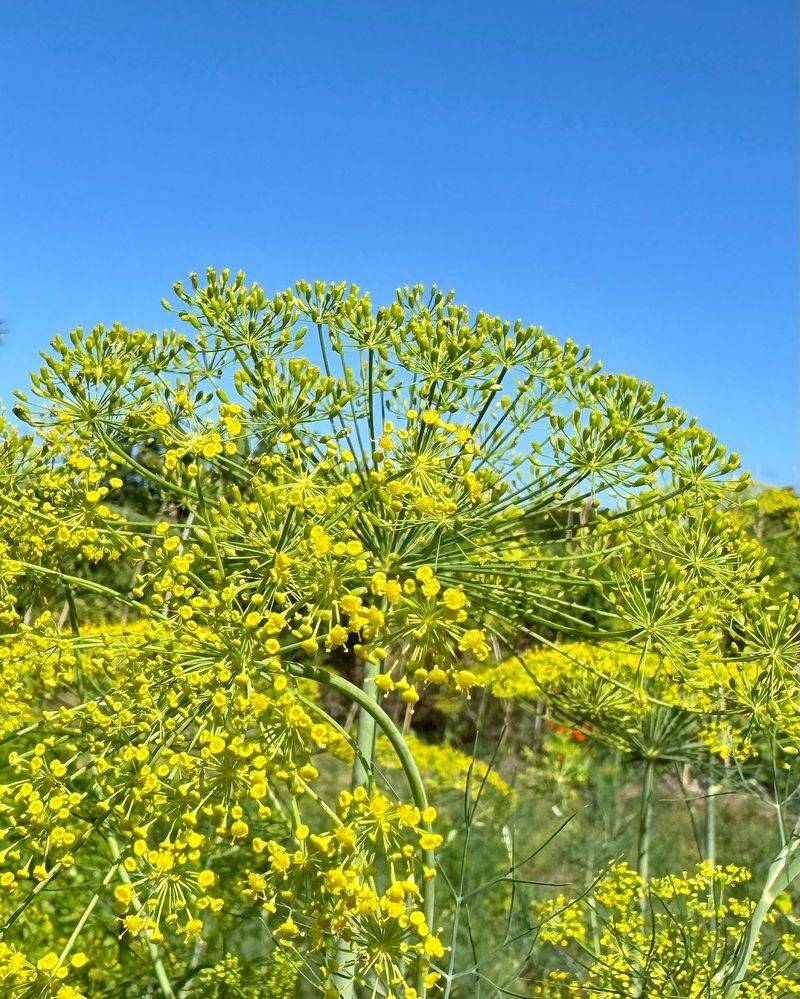
Feathery dill attracts beneficial insects that hunt down collard-munching pests. Ladybugs and parasitic wasps flock to dill flowers, then stick around to patrol your collards for aphids and caterpillars.
The relationship works beautifully both ways. Dill’s shallow roots don’t compete with collards for nutrients, and its height provides light afternoon shade during hot summer days. Plus, fresh dill makes a delicious addition to cooked collard greens!
5. Onions

The strong aroma of onions naturally repels many insects that typically damage collard greens. Their root systems grow at different depths than collards, making them perfect neighbors that won’t compete for nutrients.
Plant onions in alternating rows or around the perimeter of your collard patch. The sulfur compounds they release into the soil actually improve the flavor of your collards while deterring rabbits and deer from nibbling on your precious greens.
6. Rosemary

This fragrant herb creates a protective barrier around your collards. Its strong pine-like scent confuses cabbage moths and other pests that rely on smell to find your greens.
Rosemary’s upright growth habit means it won’t shade out your collards. As an added benefit, this Mediterranean herb attracts pollinators like bees to your garden. The essential oils in rosemary even help neighboring plants resist bacterial and fungal infections!
7. Mint
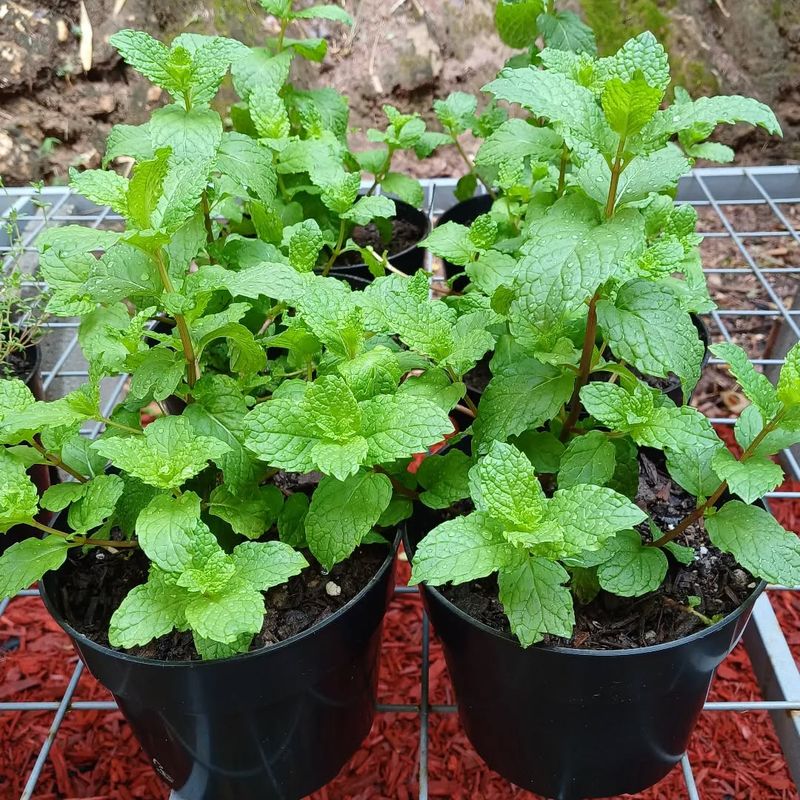
Garden pests hate the strong scent of mint, making it an excellent guardian for your collard greens. The aromatic oils repel flea beetles, aphids, and cabbage loopers that typically feast on collard leaves.
Be careful though! Plant mint in containers buried in the ground near your collards. This prevents its aggressive spreading while still providing pest protection. Morning dew on mint leaves releases even more protective scent compounds into the air around your greens.
8. Chamomile
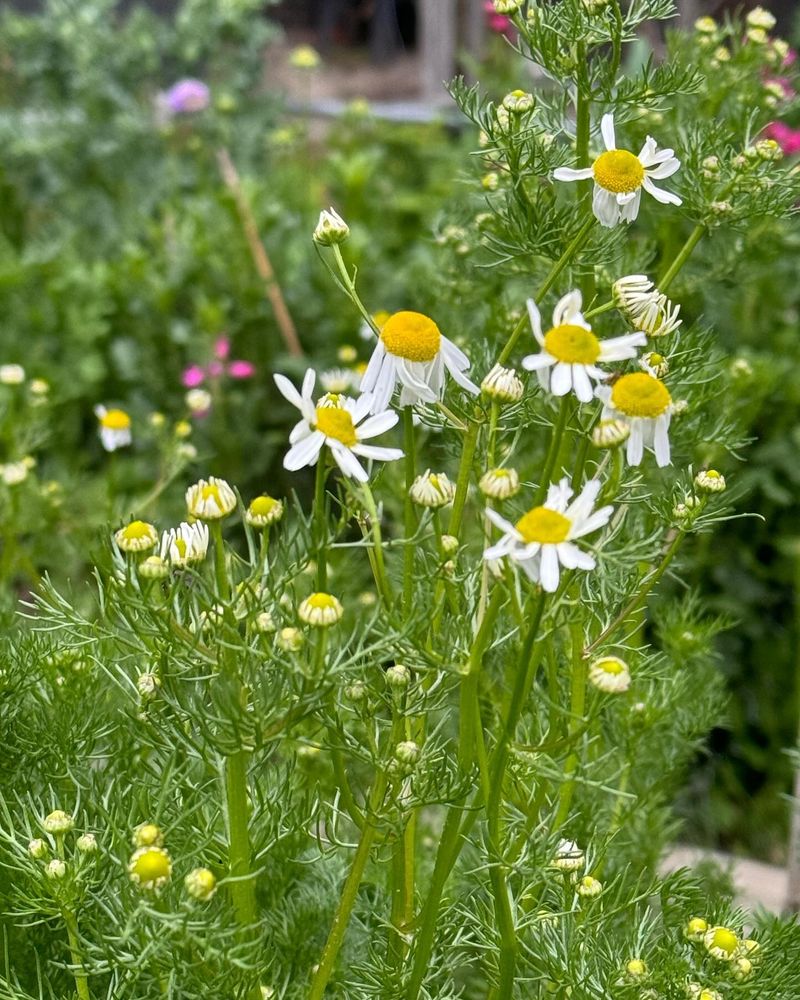
This daisy-like flower doesn’t just make great tea – it’s a secret weapon for collard growers! Chamomile strengthens neighboring plants and improves their flavor through beneficial compounds released from its roots.
The sweet-scented flowers attract hoverflies and wasps that prey on collard-eating pests. Some gardeners even make chamomile tea to spray on collards as a natural fungicide. The shallow roots won’t compete with your greens for nutrients or water.
9. Celery
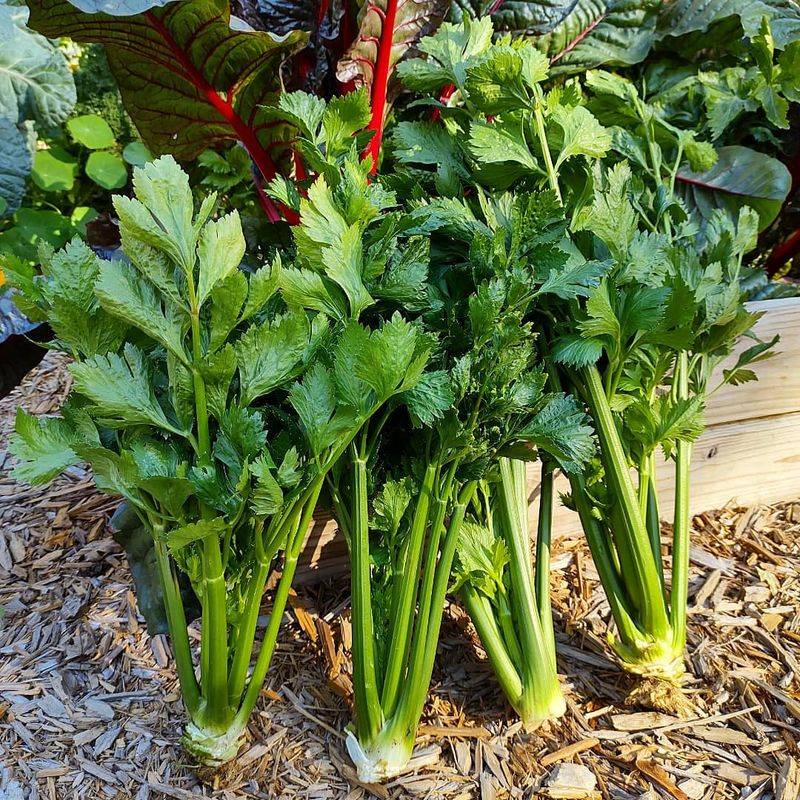
Few gardeners realize celery and collards make perfect garden buddies. Their complementary nutrient needs mean they don’t compete underground, while above ground, celery’s distinctive smell confuses pests looking for collard greens.
The crisp stalks grow at a different height than collards, maximizing your garden space vertically. Their shallow root systems work at different soil depths too. Water-loving celery also creates beneficial humidity around your collards during dry periods.
10. Sage

Gray-green sage leaves emit compounds that naturally repel cabbage moths and cabbage loopers – notorious collard green enemies. The aromatic oils mask the scent of your collards, making them harder for pests to locate.
Sage attracts beneficial pollinators that improve your entire garden’s health. Its drought-tolerant nature means it won’t compete with collards for water. Many gardeners notice their collards taste sweeter when grown alongside this ancient herb!
11. Borage
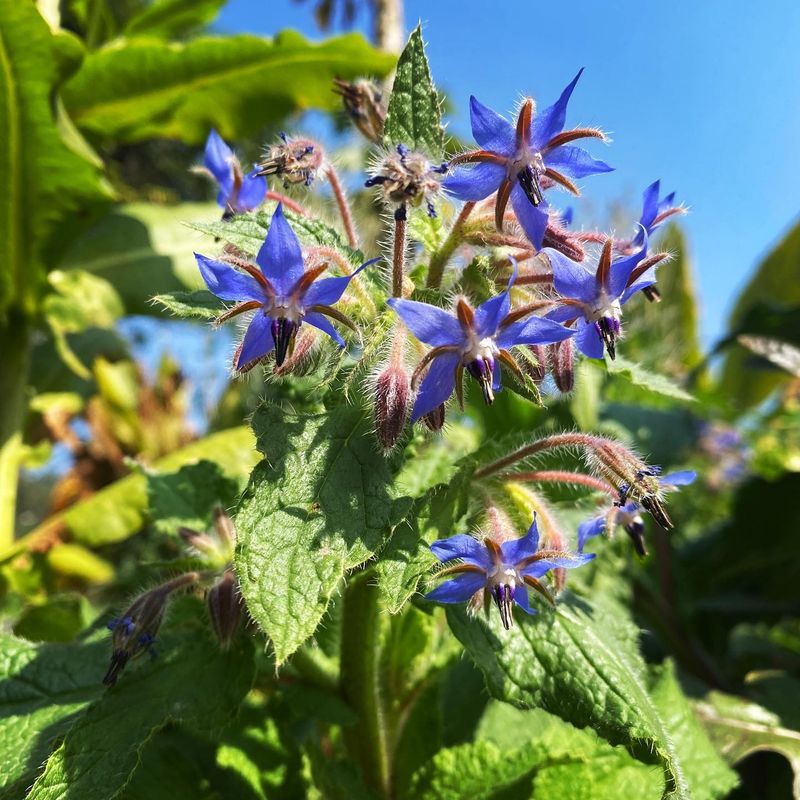
The star-shaped blue flowers of borage attract beneficial insects by the dozens. These helpful garden allies then hunt down and destroy the pests that typically damage collard greens.
Borage’s hairy stems and leaves deter many crawling insects from even reaching your collards. The plant also adds trace minerals to your soil as its leaves decompose. Some gardeners swear their collards grow more vigorously and taste better when planted near this fuzzy-leaved herb!
12. Calendula
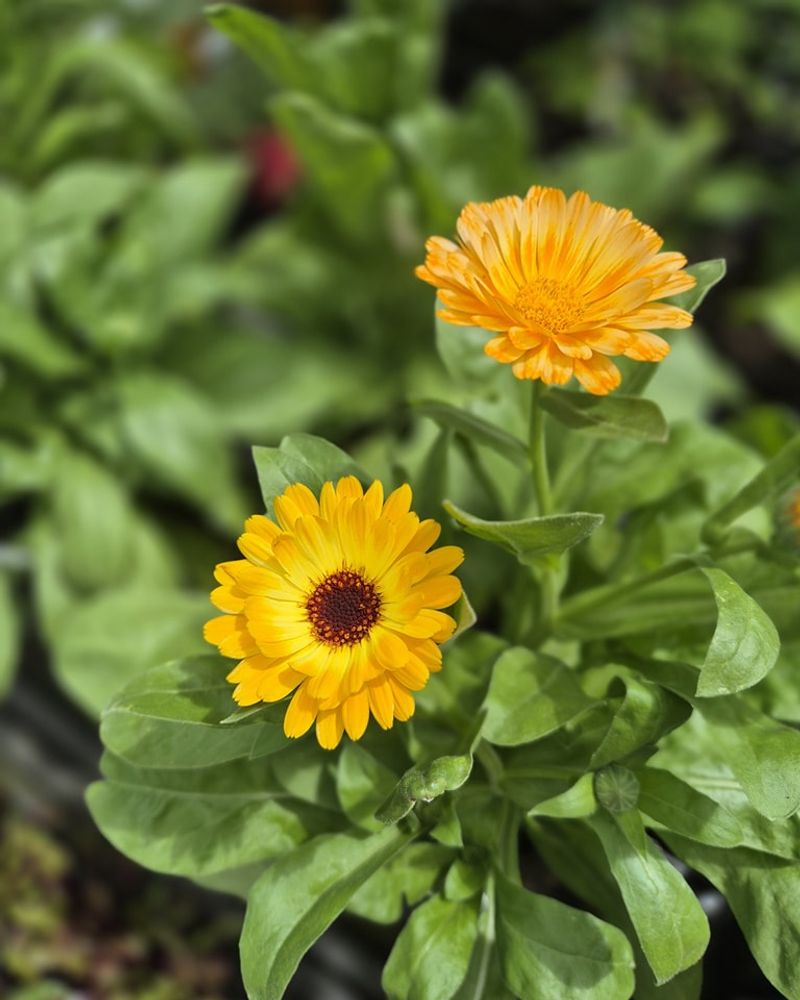
Often called pot marigold, this isn’t actually a true marigold but offers similar benefits. The bright orange and yellow flowers secrete a sticky substance from their roots that traps soil nematodes that would damage collard roots.
Calendula attracts aphids away from your collards, acting as a trap crop. Beneficial insects like ladybugs follow the aphids to the calendula, creating a natural pest control system. The flowers are also edible, adding color to salads alongside your harvested collards!

